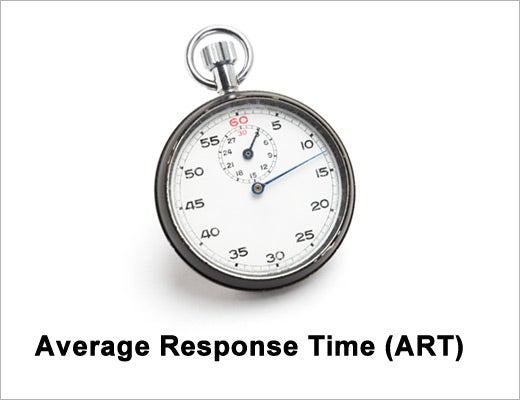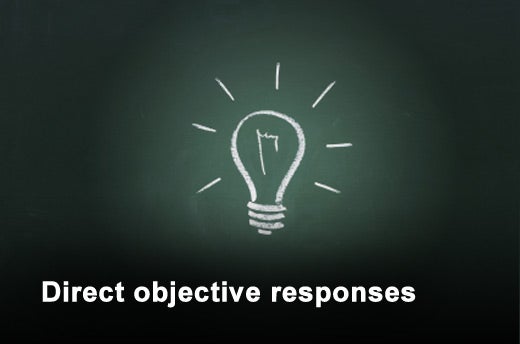When it comes to shopping, the Web offers convenience, choice and information. As a result, consumers continue to move more of their shopping online, or make in-store purchase decisions that are “Web-influenced” first. Online retail sales in the U.S. are forecast to grow to $250 billion by 2014. This growth presents a tremendous opportunity for companies with a Web presence to grow their customer base and provide top-notch customer service and sales within the online environment itself.
It’s not surprising that online chat is gaining more attention as a growing customer service delivery method — especially with evidence of significantly increased sales ROI as well as some of the highest customer satisfaction (CSAT) scores over phone or in-store purchases. What is surprising, however, is that a number of leading online companies do not offer chat, especially chat for sales, despite growing consumer preference for it. And when chat is offered, the overall customer experience can be improved.
This slideshow highlights TELUS International’s best practices for online sales chat, derived from industry research commissioned through SPOT Consulting, an independent consulting firm.
Click through for 11 best practices for online chat customer services, identified by TELUS International.
Average response time refers to the time between customer questions and agent responses. For the ideal chat session, responses should be provided within 30 seconds.
Agents should set expectation by providing an estimated wait time for delayed responses.
Response accuracy is paramount to ensuring customer satisfaction and maintaining the overall integrity of the brand.
Best-in-class chat responses should directly answer customer questions, include only one or two ideas per response, and avoid promotional copy.
Customers expect a personalized, brand-appropriate experience, even when using online chat. Ideal online chat conversations need to flow with the appropriate use of scripted versus free form responses.
Questions should be resolved accurately while agents drive to closure. Agents should not rush a chat session to hit efficiency metrics.
Chat users expect instant gratification. As a result, the ideal chat session should keep sentences short and to the point. Responses must directly relate to the customer question.
Writing effective chat communication can be an art. Responses must adhere to most grammatical rules, including capitalization and punctuation. Accurate spelling is critical to support agent credibility. The most important content should appear at the beginning of responses. Formal responses require the use of complete sentences, whereas less formal responses may contain sentence fragments.
Voice and tone should reflect corporate identity and chat should conform to the personality of the site (e.g. informative, professional, innovative). Voice should express the mood or feeling of the conversation (e.g. friendly, upbeat, conversational) in order to humanize the online experience.
Language used should have mass country-wide appeal. Regional slang, clichés and other references should be avoided. Minimize the use of technical terms and acronyms that may not be familiar to readers.
For a best-in-class chat experience, agents should use the customer’s name and other customer-provided information to personalize their responses as much as possible.














